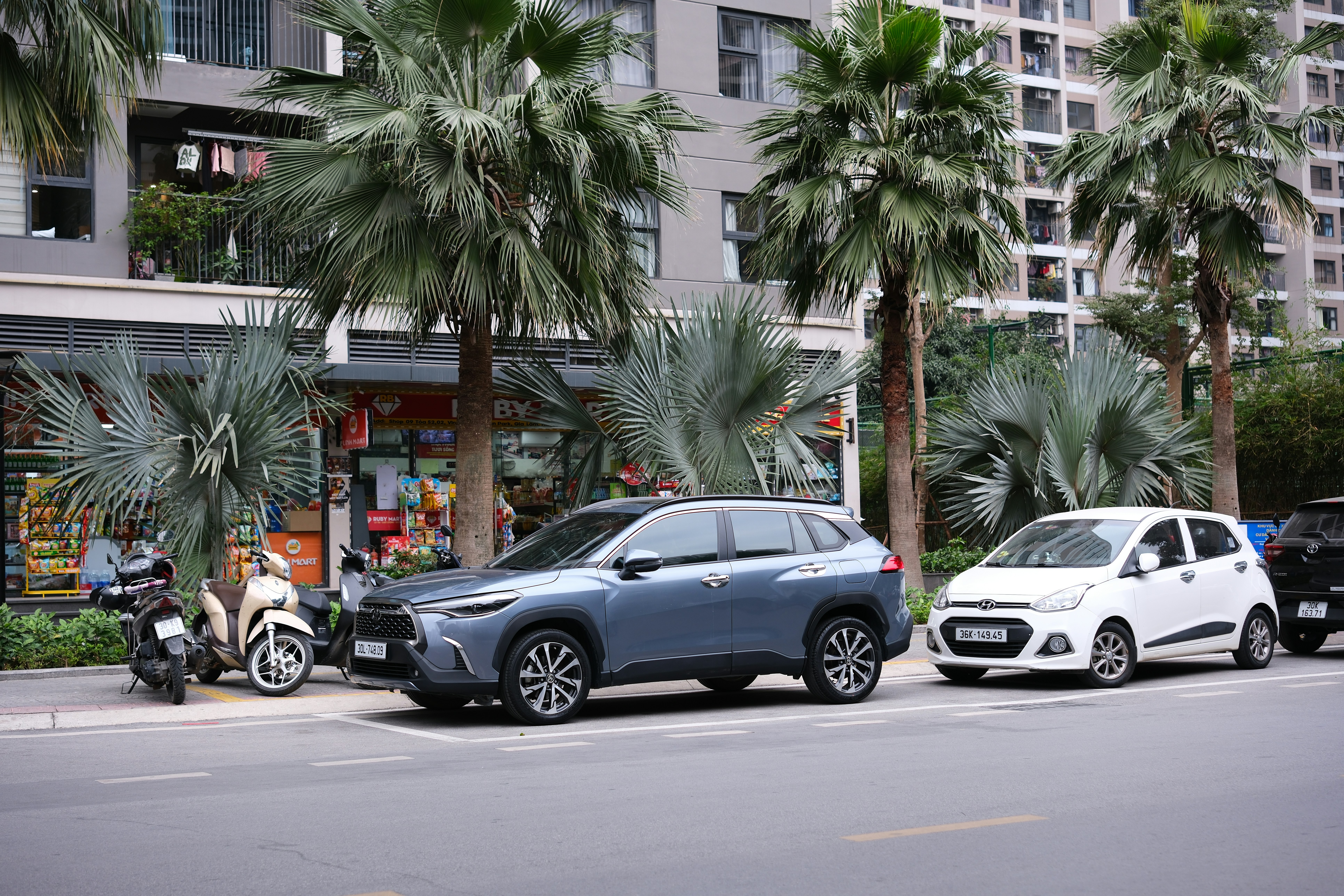从5%到60%:越南汽车产业迎来本土化拐点
在2025年越南私营经济全景首次高级别会议上,Geleximco集团董事长武文钱的一席话引发广泛关注。他坦言:“几十年来,国家给予制造业大量支持与优惠,但我们依然未能形成完整的工业体系。汽车本地化率仅达5%至20%,机械设备约25%至30%,多数附加值仍留在国外。”
然而,这一局面正在迅速改变。越南政府正将汽车工业列为优先发展的支柱产业,鼓励零部件国产化、产业链本地协同与基础工业投资。数据显示,越南汽车产业产值年均增速达16%以上,吸引了全球主要车企和供应商的长期布局。
目前,越南唯一实现从设计到制造全链条生产的本土品牌——VinFast,其本地化率已超过60%,计划到2026年提升至84%。该品牌正在海防扩建大型配套工业集群,与数百家国内外供应商形成协同,覆盖电池、车身、底盘与电子零部件等核心环节。
外资车企也在同步加码。丰田越南维持约33–37%的本地化率,其中Innova车型达37%、Vios约34%;THACO集团旗下的起亚、马自达、标致系列部分车型已突破40%。其位于广南的茱莱综合区正成为越南最大的汽车生产出口中心,部分零部件已出口至韩国和印度。
与此同时,越南工业体系的短板——基础材料领域——正迎来突破。Vingroup集团近期成立VinMetal产销股份公司,投资额达10万亿越南盾(约4亿美元),一期年产能500万吨,将生产高强度钢与特种合金钢,重点服务电动汽车和高速交通建设。这标志着越南正从“组装国”迈向“制造国”。
值得关注的是,Geleximco与中国奇瑞汽车已签署合作协议,在原太平省(现属兴安)建设汽车工厂,规划年产20万辆,预计明年竣工,产品除供应越南本地市场外,还将出口至东盟地区。这意味着越南汽车产业正由“来料组装”向“区域出口型制造”转变。
综合来看,越南汽车产业正进入快速成长期——从整车装配到零部件自制、从外资主导到本地共生。冶金、电子、电池、车身材料等关键环节的国产化,正推动越南迈向区域汽车制造新高地。
At the 2025 Vietnam Private Sector Panorama High-Level Conference, Geleximco Chairman Vu Van Chien remarked that despite decades of state support, Vietnam’s industrial ecosystem remains incomplete, with automotive localization at just 5–20% and machinery around 25–30%, leaving much of the value-added abroad.
Today, the tide is turning. The Vietnamese government has identified the automotive industry as a national priority, focusing on local component production, domestic supply-chain collaboration, and upstream industrial development. The sector’s output has grown by over 16% annually, drawing major global automakers and parts suppliers to invest long-term.
VinFast, Vietnam’s only brand with full-chain design-to-production capability, has reached over 60% localization, aiming for 84% by 2026. Its Hai Phong industrial complex integrates hundreds of domestic and foreign suppliers across batteries, chassis, bodywork, and electronic systems.
Foreign automakers are also deepening local integration. Toyota Vietnam maintains a localization rate of 33–37%, with models like the Innova at 37% and Vios at 34%. THACO Group, assembling Kia, Mazda, and Peugeot vehicles, surpasses 40% in certain models. Its Chu Lai Industrial Zone is now Vietnam’s largest auto manufacturing and export hub, sending components to South Korea and India.
To reinforce the supply chain’s backbone, Vingroup has launched VinMetal JSC, investing VND 10 trillion (approx. US$400 million) to produce 5 million tons of high-grade steel annually, targeting EV manufacturing and infrastructure projects. This marks Vietnam’s evolution from an assembly hub to a true manufacturing base.
Meanwhile, Geleximco and China’s Chery Automobile are building a new plant in former Thai Binh Province (now Hung Yen), with annual capacity of 200,000 vehicles, set to open next year. The facility will serve both the domestic market and ASEAN exports—further signaling Vietnam’s transition from “import assembly” to “regional manufacturing powerhouse.”
Together, these developments show Vietnam entering a new phase of industrial maturity. From metallurgy to electronics and EV components, localization is no longer an ambition—it’s becoming a defining feature of Vietnam’s automotive ascent in Asia.

